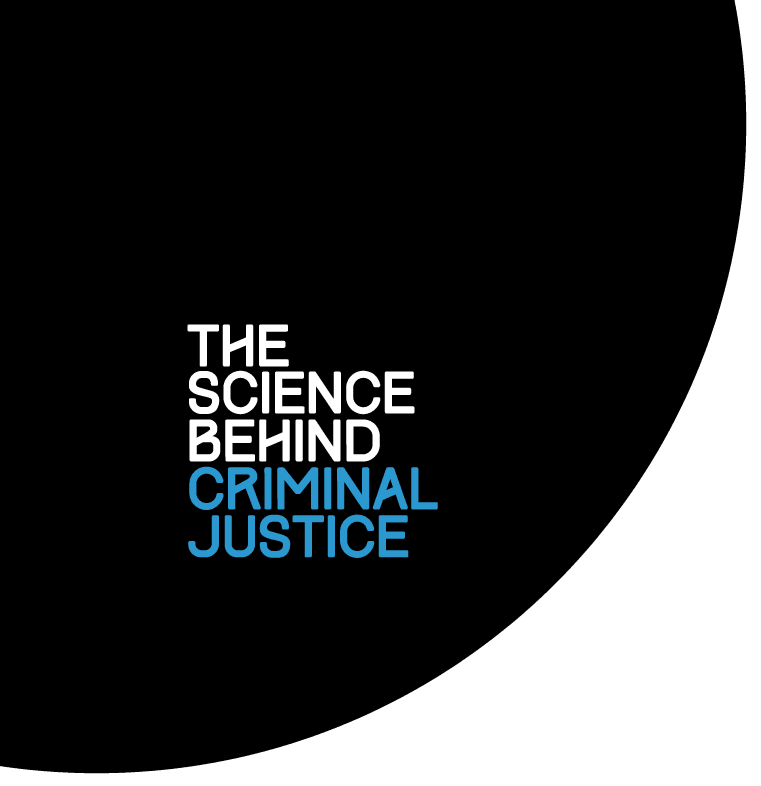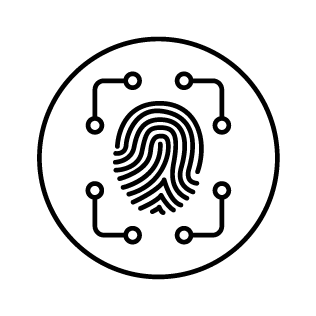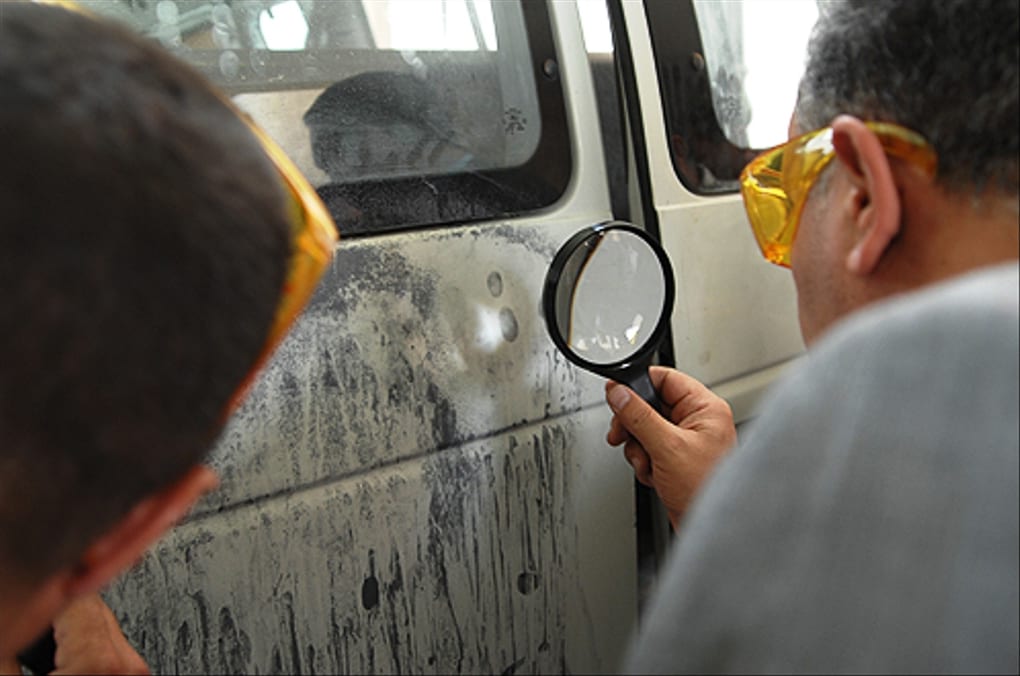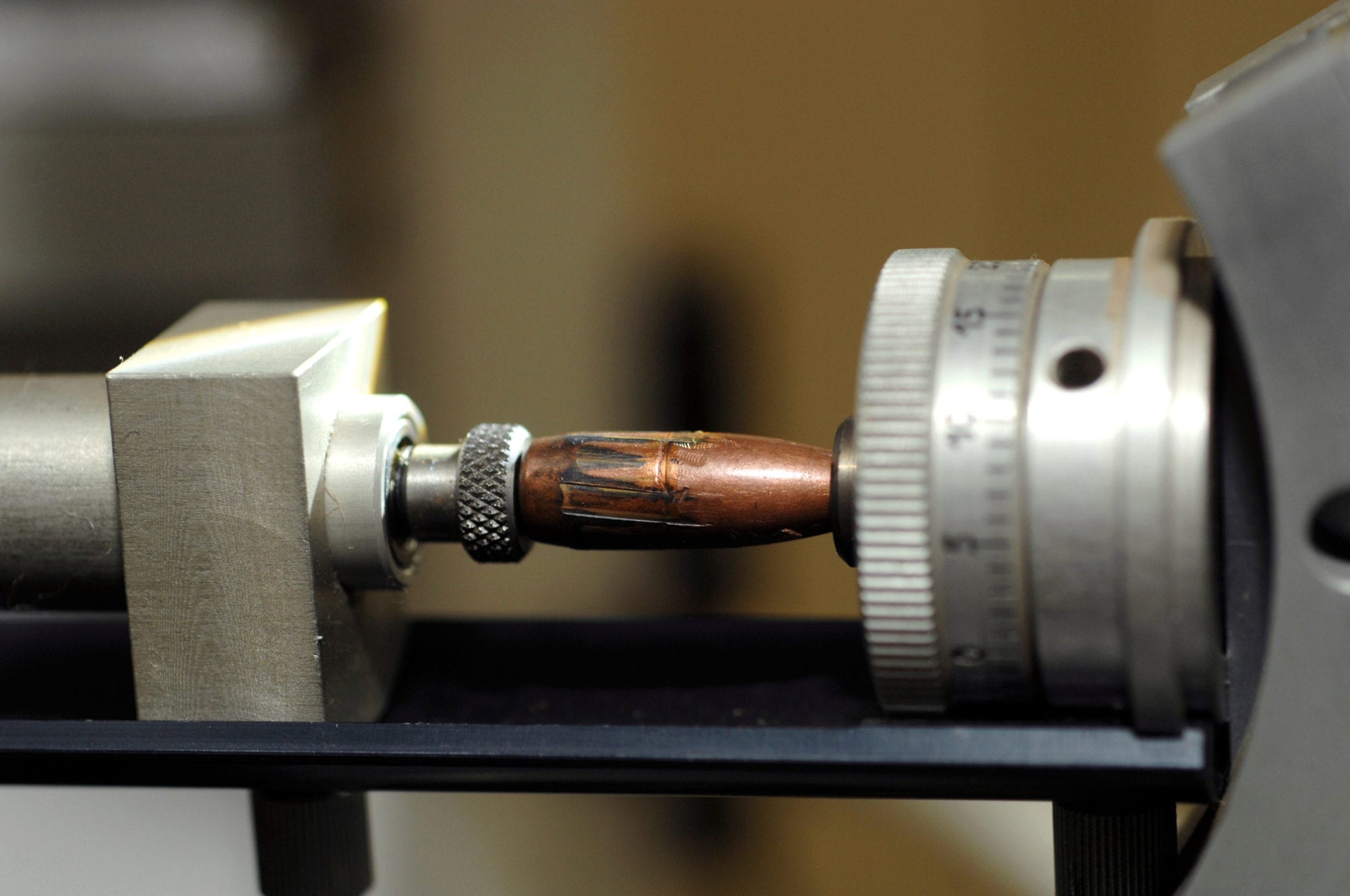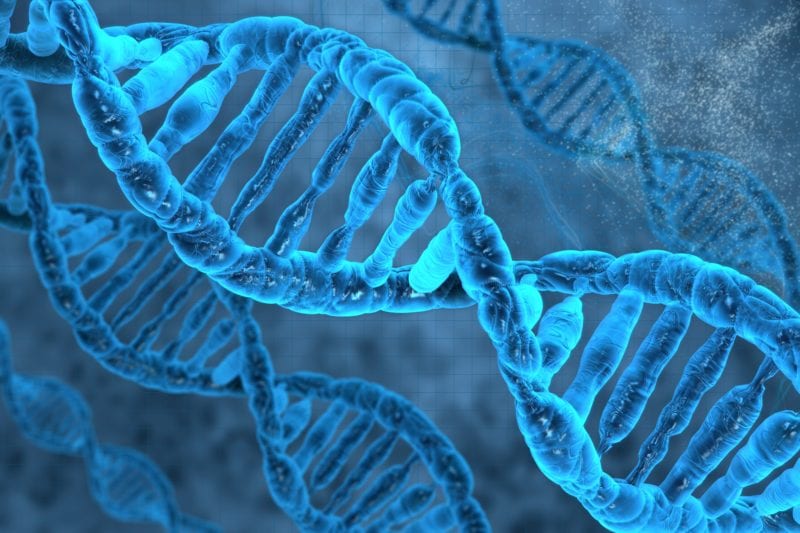What’s the problem with these types of forensic evidence?
In courtroom statements, forensic scientists sometimes testify that there is a “match” between a piece of evidence and a suspect. Or they assert that there is “reasonable scientific certainty” of a match. But methods like fingerprint analysis and bullet (or other “toolmark” evidence) analysis haven’t been sufficiently tested by scientists to determine how accurate they are.
When DNA analysis became widely used in the 1990s, it revealed cases in which “matches” made by fingerprint, hair, bite mark, or bullet analysis were wrong. Studies are under way to figure out the limits of what many traditional forensic methods can reliably tell us—and how accurate they truly are.

